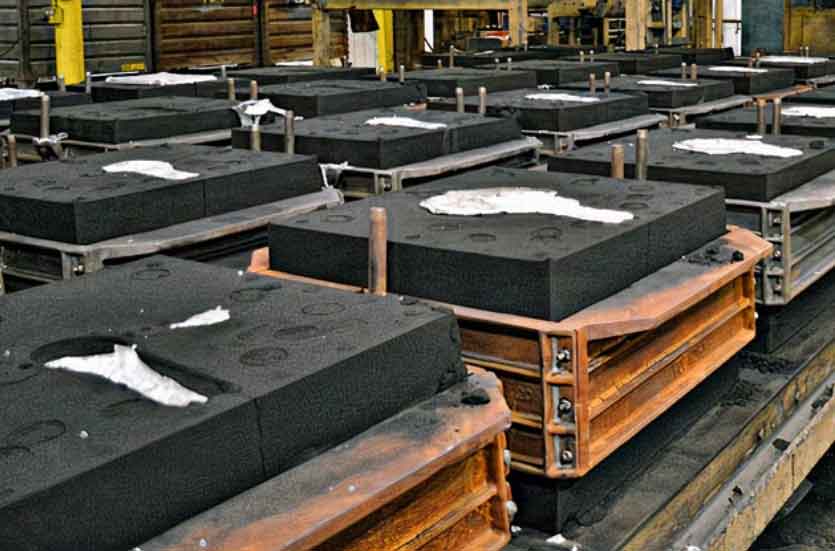
Resin sand casting holds significant potential for the future of manufacturing. As technology continues to advance and new innovations emerge, resin sand casting is poised to play an even more prominent role in various industries. Here are some key areas where resin sand casting is expected to make an impact in the future:
- Advanced Materials: Resin sand casting will continue to adapt and evolve to accommodate the use of advanced materials in manufacturing. With the demand for lightweight, high-strength alloys and composites, resin sand casting will likely be optimized to handle these materials, enabling the production of complex components with exceptional mechanical properties.
- Digital Integration: The integration of digital technologies, such as artificial intelligence (AI), machine learning, and the Internet of Things (IoT), will enhance resin sand casting processes. Real-time monitoring, data analytics, and predictive algorithms will optimize mold preparation, casting parameters, and quality control. Digital integration will lead to improved efficiency, reduced waste, and enhanced production outcomes.
- Design Optimization and Simulation: Resin sand casting will benefit from further advancements in design optimization and simulation tools. Advanced software will enable engineers to optimize part designs, improve material distribution, and predict casting defects more accurately. This will reduce the number of design iterations required, minimize production costs, and accelerate time to market.
- Additive Manufacturing Integration: The integration of additive manufacturing, such as 3D printing, with resin sand casting will provide new possibilities for complex part production. By combining 3D-printed patterns with resin sand casting, manufacturers will have greater design flexibility, reduced lead times, and the ability to produce intricate components that were previously challenging to manufacture.
- Automation and Robotics: The future of resin sand casting will involve increased automation and robotics. Automated systems will handle tasks such as mold handling, sand preparation, pouring, and post-casting operations. Robots equipped with advanced vision systems will improve accuracy and speed, leading to higher productivity and reduced labor costs.
- Environmental Sustainability: As sustainability becomes increasingly important, resin sand casting will continue to adopt more environmentally friendly practices. The development of bio-based or recyclable resin binders, improved waste management, and energy-efficient processes will enhance the sustainability of resin sand casting, reducing its environmental footprint.
- Customization and Personalization: Resin sand casting’s design flexibility and ability to produce complex shapes will enable further customization and personalization in manufacturing. As consumer demands for unique and customized products grow, resin sand casting will play a crucial role in meeting those demands by offering tailored solutions for various industries, from automotive to aerospace, and beyond.
- Collaborative Manufacturing: Resin sand casting will be increasingly integrated into collaborative manufacturing environments, where different processes and technologies work together seamlessly. Collaborative manufacturing enables the combination of resin sand casting with other advanced manufacturing methods, such as machining, laser cutting, or surface treatment, to produce highly customized and finished products.
The future of resin sand casting lies in its continuous innovation and integration with digital technologies, advanced materials, and sustainable practices. As these advancements unfold, resin sand casting will offer manufacturers enhanced capabilities, improved efficiency, and expanded possibilities for complex, customized, and environmentally conscious manufacturing.
